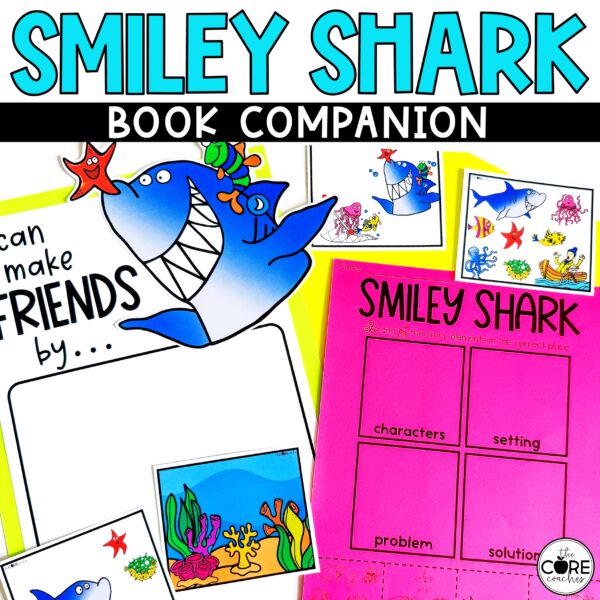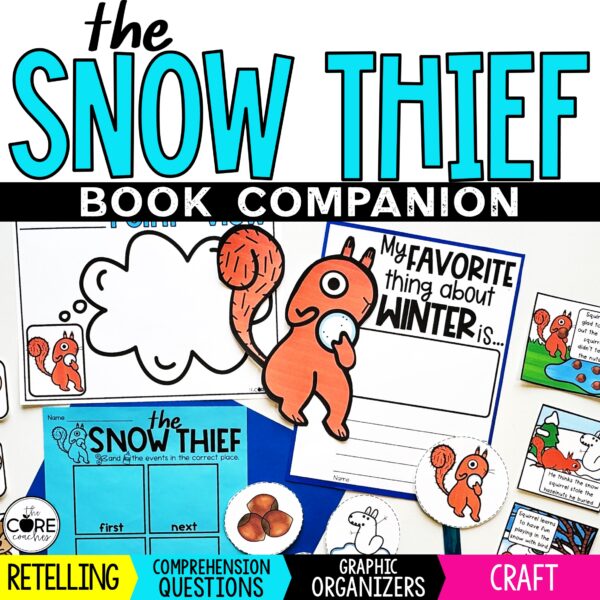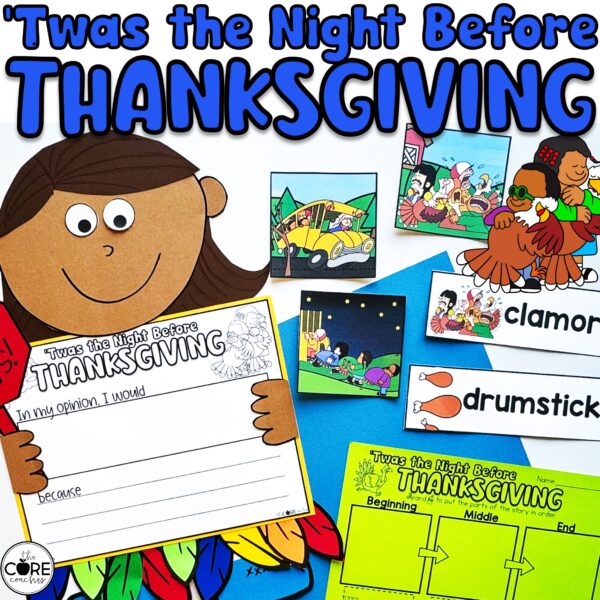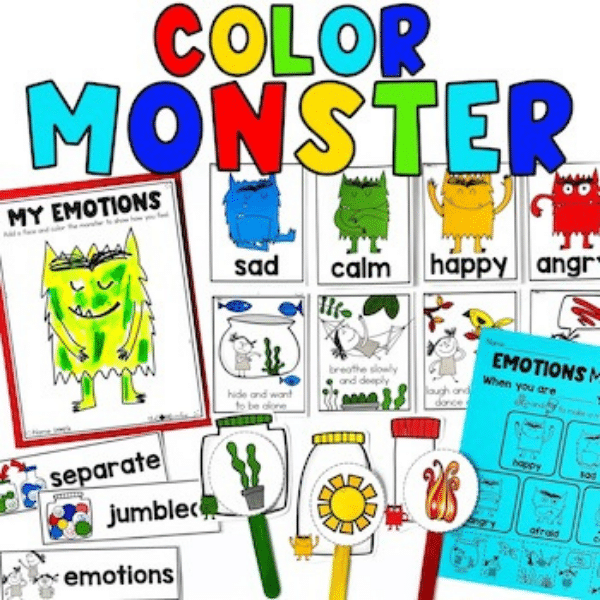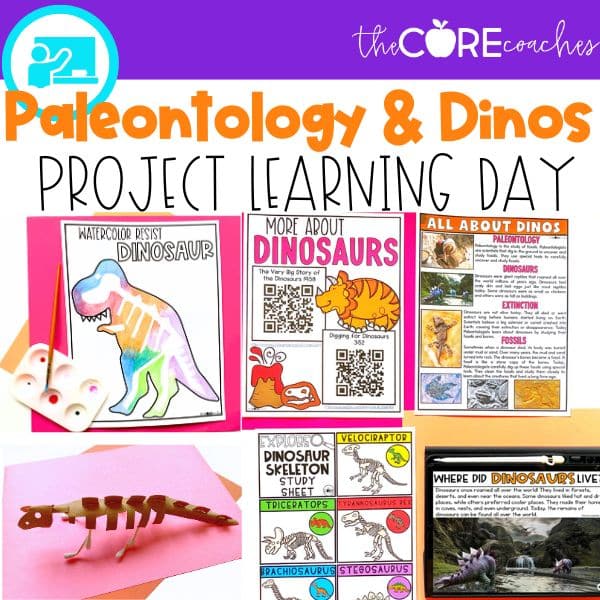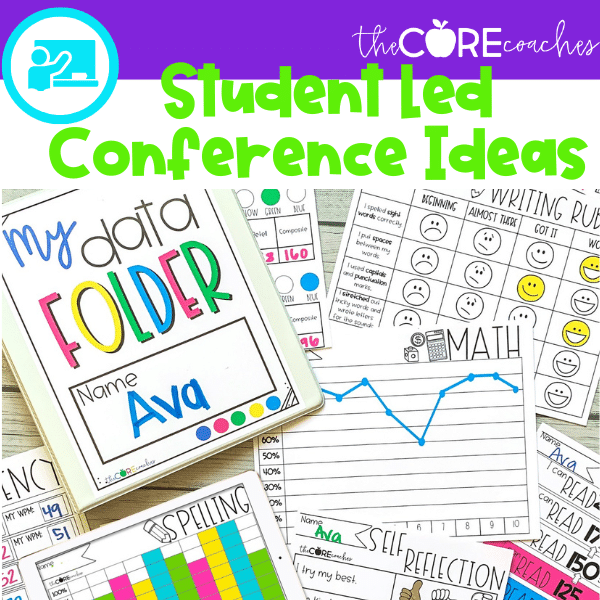Traditionally, preschool has been thought of as a place to teach young children social skills and meet new friends. It has also always been a place known for fun activities; however, these activities have not always been associated with academics.
If you are a preschool teacher though, you know that academic learning is an important part of the PreK experience. This doesn’t mean that three and four year olds are being asked to take tests. Nor are these students being graded on their academic abilities. There is plenty of time for grades and testing once they get to elementary school!
Even though they aren’t being formally assessed on academic subjects now, doesn’t mean there isn’t a place for them.
The Importance of Reading in PreK
In addition to teaching social skills, PreK is the perfect time to introduce students to core subjects. Reading is not only one of the core subjects that students will be introduced to in kindergarten, it is the most important subject.
Reading comprehension is the root of success in all subjects. Without reading comprehension, kids cannot succeed in other areas of learning. For example, without strong reading comprehension a child will have a difficult time with reading word problems in math.
Furthermore, they may struggle in science, history, and any other area of learning that requires reading. Therefore, beginning reading in early childhood is essential for academic success in all subjects in the future.
Skills that Students Learn from a Read Aloud
A read aloud is the best way to introduce preschool students to the reading process. At three and four years old, students are brand new to reading. Therefore, even something as small as learning to turn the page is a new skill.
Beyond seemingly basic skills, read aloud time helps kids learn about basic routines and procedures. Sitting for reading time also helps students increase their attention span. These skills help with school readiness by teaching children what to expect when they get to elementary school.
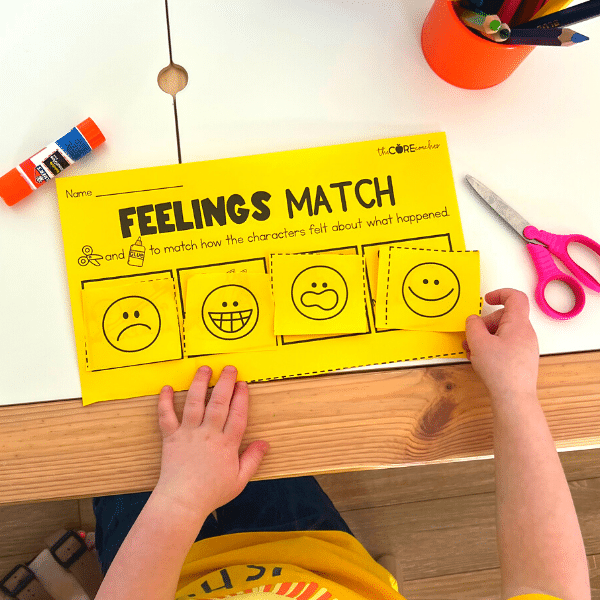
In addition, reading aloud is essential in helping each young child with their language development, listening skills, and literacy skills. Therefore, early literacy practices (like read aloud time) are essential in PreK programs.
A read aloud is not only about instilling important learning skills though. It is also about helping each child create a love for reading! In fact, finding a love for reading may even be the most important thing to come from reading aloud to students.
By instilling a love of reading in young children they are more likely to continue to engage with reading in the future. This sets students up for success both academically and beyond.
What Do Preschool Read Alouds Look Like?
A weekly read aloud is a regular part of school in elementary classrooms. A read aloud at the elementary level often includes the teacher reading aloud to the class, followed by several comprehension activities.
These learning activities might include text-dependent questions, a written response, and a craftivity. The older students get, the more complex these activities become.
So, do read aloud activities for PreK kids look the same as they do for older children? Yes!
PreK read aloud activities are focused on developing the same skills that are used in older grades. This includes reading comprehension questions and even writing. However, the activities are created to be age appropriate.
You aren’t going to have a preschool student write a paragraph to explain the plot of a story. However, you may have a preschool student draw a picture to represent an event in the story.
How to Create a Read Aloud Lesson Plan
When it comes to creating a read aloud lesson plan for preschoolers the important thing to remember is that a read aloud is more than just story time.
Story time is essentially when the teacher reads aloud to the kids, but there are not any follow-up activities or questions. A read aloud is a more structured approach to reading.
It includes the fun part of story time by having the teacher read aloud. Then it is followed up with a focused approach to literacy development through certain activities.
Here is an example of how to create a read aloud lesson plan.
1. Choose a book that is age appropriate
2. Select a specific spot in the room for reading time. This is often a reading carpet.
3. Create a procedure that helps students move from their desks to the reading carpet (and back to their desks).
4. Read the book to the whole class.
5. After reading, engage the class in a whole group response to text activity. Typically, this would be completed at the reading carpet and done as a whole class discussion or question and answer.
4. Follow-up to the whole class activity with response to text activities. We suggest using these activities the next day in class, as a way to extend the reading lesson.
5. Select other follow-up activities that are appropriate for your class to use other days of the week: a writing activity, a vocabulary worksheet, a quiz, a craft.
When creating a lesson plan, remember that preschoolers will need more guided and whole group instruction. Although we still encourage teachers to give students time to work independently and with partners on appropriate activities.
Read Aloud Outline for “Color Monster”
Here is an example of a read aloud we created for the book “Color Monster” by Anna Llenas. This resource follows the same outline we suggested above.
Comprehension questions
Whole group response to text activities
Response to text worksheets
Writing pages
Vocabulary cards and worksheets
Quiz
Retelling puppets
Craftivity template
These activities were designed with both the preschool student and the teacher in mind. All activities are age appropriate. They engage young kids in reading and literacy development in the early stages. Moreover, they are fun! This supports the teachers by helping to keep kids engaged and excited for each reading lesson.
In addition to engaging students, these lessons are meant to be taught over the course of a week. This gives teachers plenty of flexibility in their planning. As the teacher, you can use a lesson a day or group lessons into a few days. You can even leave out any lessons that you don’t feel work in your classroom.
Best Read Aloud Books for Preschool
“Color Monster” is one of our favorite read aloud books for preschool! Not only is it a fun one to read with students, it teaches children how to acknowledge their feelings. This is an important lesson for preschool kids to learn.
Another favorite read aloud of ours is “Stick and Stone” by Beth Ferry. This adorable book shares an important anti-bullying message while teaching young kids about friendship.
When choosing a read aloud book for your classroom, we encourage teachers to look for other books like these. Books that help teach students important life skills that will help them in school and beyond.

